Planting Asparagus Seed – How Do You Grow Asparagus From Seed
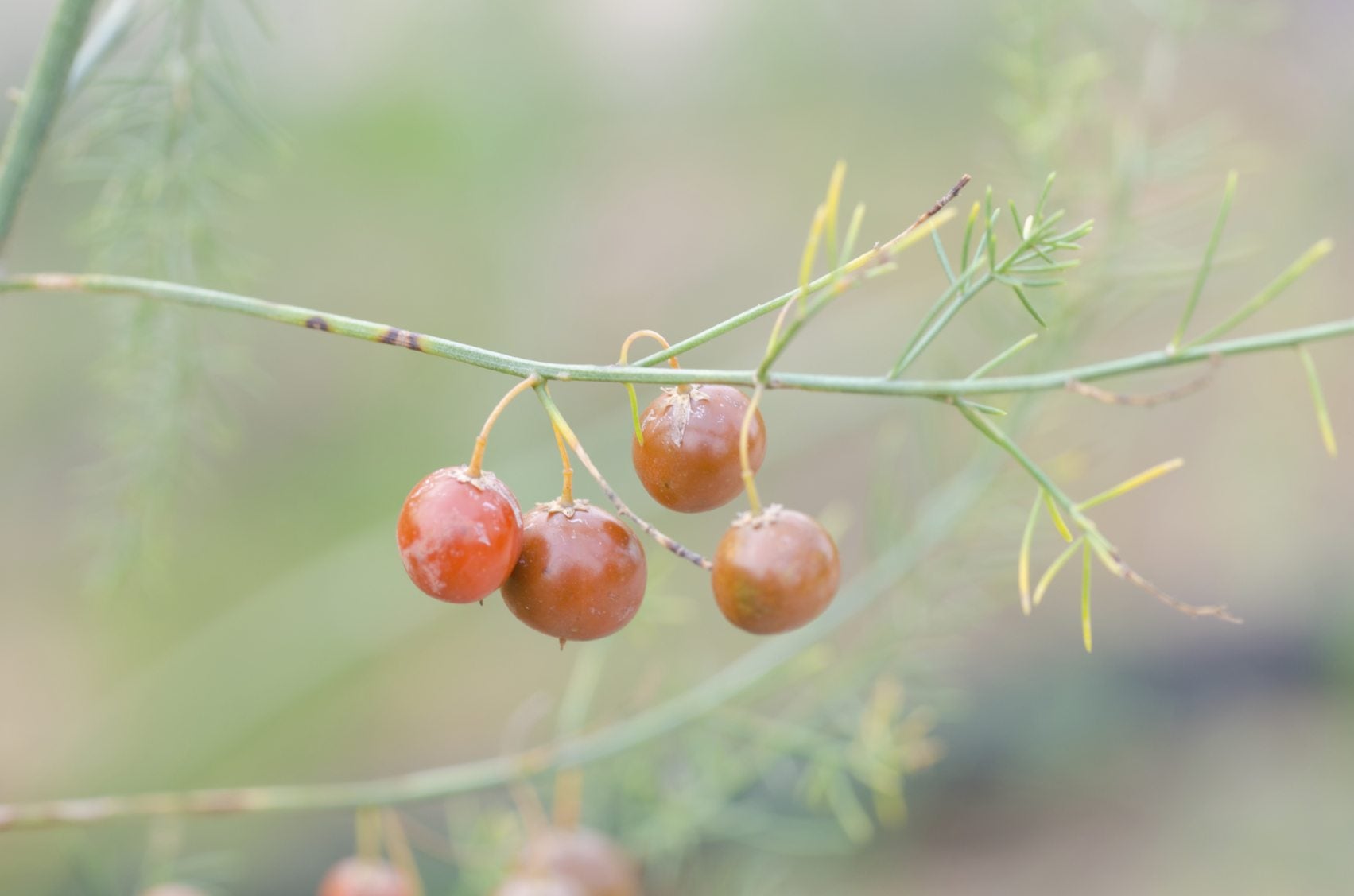
If you are an asparagus lover, chances are good that you would like to include them in your garden. Many gardeners buy established bare root stock when growing asparagus but can you grow asparagus from seeds? If so, how do you grow asparagus from seed and what other information on asparagus seed propagation might be helpful?
Can You Grow Asparagus from Seeds?
Asparagus is often grown from bare root stock crowns. The reason for this is that growing asparagus requires patience. Crowns take three growing seasons before they are ready to be harvested! Even so, this is significantly faster than if you try growing asparagus from seeds.
That said, yes, asparagus seed propagation is very possible and a little cheaper than buying crowns. Asparagus seeds, or berries, turn bright red in autumn. Once the tops fall over, the tops can be collected and hung upside-down in a warm, dry area for about a week or so to ripen.
To catch the seeds once completely dried, keep a bowl beneath them or gently tie a brown paper bag around the tops when hanging. These seeds can then be used for planting asparagus. Likewise, you can purchase them from reputable suppliers.
How Do You Grow Asparagus from Seed?
Asparagus (Asparagus officinalis) is a hardy perennial suited to USDA zones 2 to 8 and is native to western Europe. This perennial can remain viable for 10 to 20 years, so choose your garden site carefully. Asparagus needs a soil pH of between 7.0 and 7.2 in fertile, well-draining soil.
So how do you go about planting asparagus seeds? There’s no trick to growing asparagus from seeds, just be patient. It’s recommended that you start asparagus seeds indoors or in a greenhouse in mid-February to May under bright lighting. Soil temperatures for seed germination should be between 70 and 85 degrees F. (21-29 C.). Soak the seeds for a couple of hours, then plant each seed ½ inch (1 cm.) deep in sterile soil, in individual 2 inch (5 cm.) pots.
They should sprout anywhere between two and eight weeks from planting asparagus seeds. Seedlings are ready to transplant when they are 10 to 12 weeks old and all danger of frost in your area has passed. Space the transplants 18 inches (46 cm.) apart in rows set 3 to 6 inches (8-15 cm.) apart.
Gardening tips, videos, info and more delivered right to your inbox!
Sign up for the Gardening Know How newsletter today and receive a free copy of our e-book "How to Grow Delicious Tomatoes".
If you want thinner spears, space the transplants 8 to 10 inches (20-25 cm.) apart, with the plant set 4 inches (10 cm.) deep. If you like thicker spears, plant them 12 to 14 inches (30-36 cm.) apart and set 6 to 8 inches (15-20 cm.) deep. Consider planting your new asparagus babies near your tomatoes.
Asparagus repels nematodes that attack tomato plants while tomatoes repel asparagus beetles. A very symbiotic relationship, indeed. As the plant grows, cover the crown with soil and keep it moist with 1 inch (2.5 cm.) of water per week. Fertilize in the spring with 1 to 2 cups (250-473 ml.) of complete organic fertilizer per 10 foot (3 m.) of row and dig in gently.
Remember, don’t harvest the plant until its third year; allow the plant to set ferns and redirect its energy back into the plant. Cut the ferns down to 2 inches (5 cm.) tall in the late fall. In the plant’s third year, you can begin regularly harvesting the spears. The season usually lasts around 8 to 12 weeks.
Cut the asparagus spears 1 to 2 inches (2.5-5 cm.) below the ground, and at least 2 inches (5 cm.) above the crown using a sharp knife or asparagus harvesting tool.

Amy Grant has been gardening for 30 years and writing for 15. A professional chef and caterer, Amy's area of expertise is culinary gardening.
-
 Looking For Plants To Give You The Soft And Fuzzies? Try These 5 Fuzzy Leaf Plant Options
Looking For Plants To Give You The Soft And Fuzzies? Try These 5 Fuzzy Leaf Plant OptionsLovers of texture, drama, silver foliage and tactile plants will adore these special sensory garden additions. These fuzzy leaf plant options will leave you all aglow
By Susan Albert
-
 Get Ready For A Summer Of Hummers! Grow These Full Sun Hummingbird Plants and Flowers
Get Ready For A Summer Of Hummers! Grow These Full Sun Hummingbird Plants and FlowersIf you’re lucky enough to enjoy a sunny backyard, make sure you are maxing out on your pollinator opportunities and grow these full sun hummingbird plants and flowers
By Tonya Barnett
-
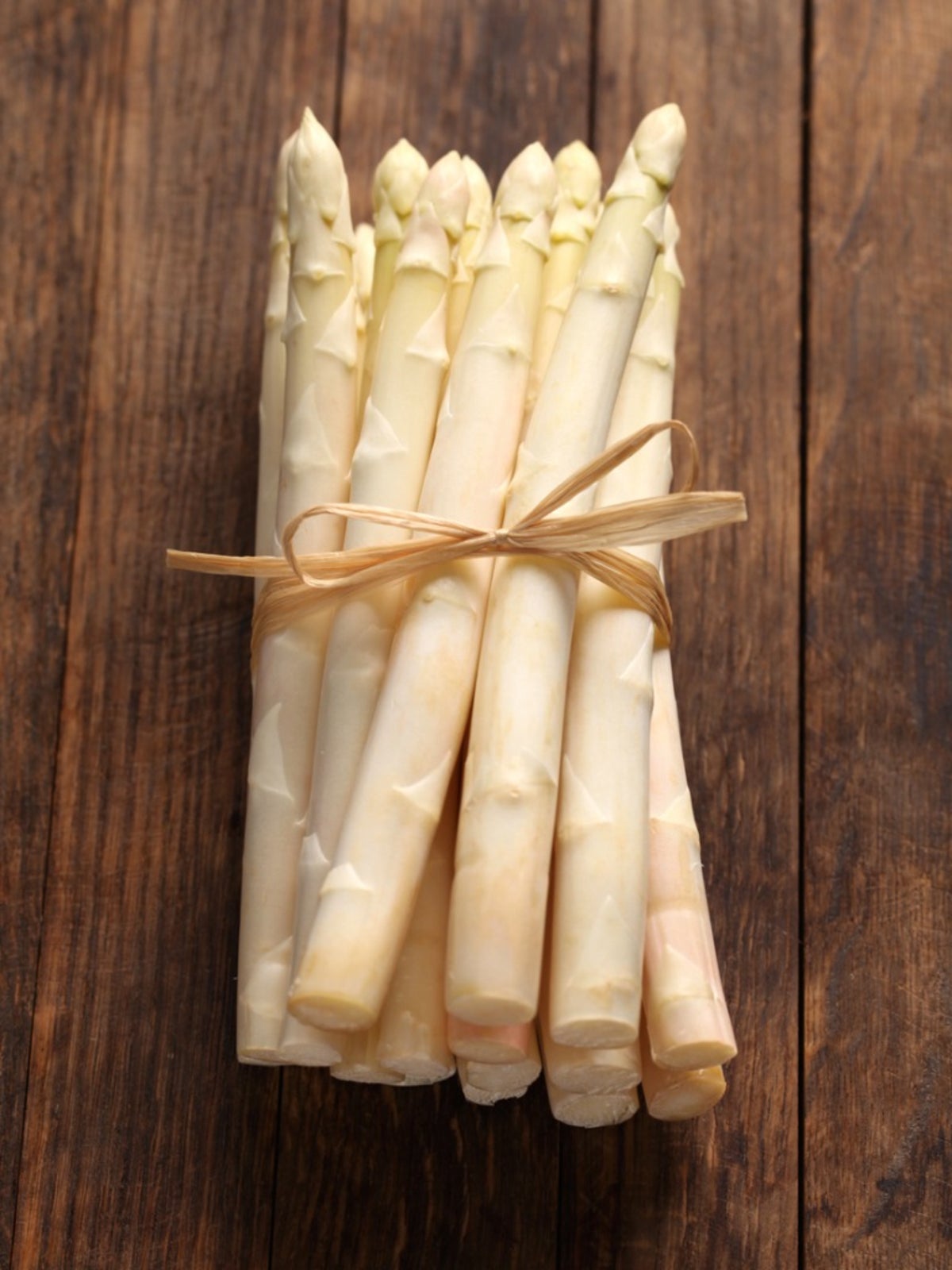 What Is White Asparagus – How Does White Asparagus Grow
What Is White Asparagus – How Does White Asparagus GrowHere's a real head-scratcher. There are no varieties of white asparagus! So how does white asparagus grow? Read on to find out.
By Laura Miller
-
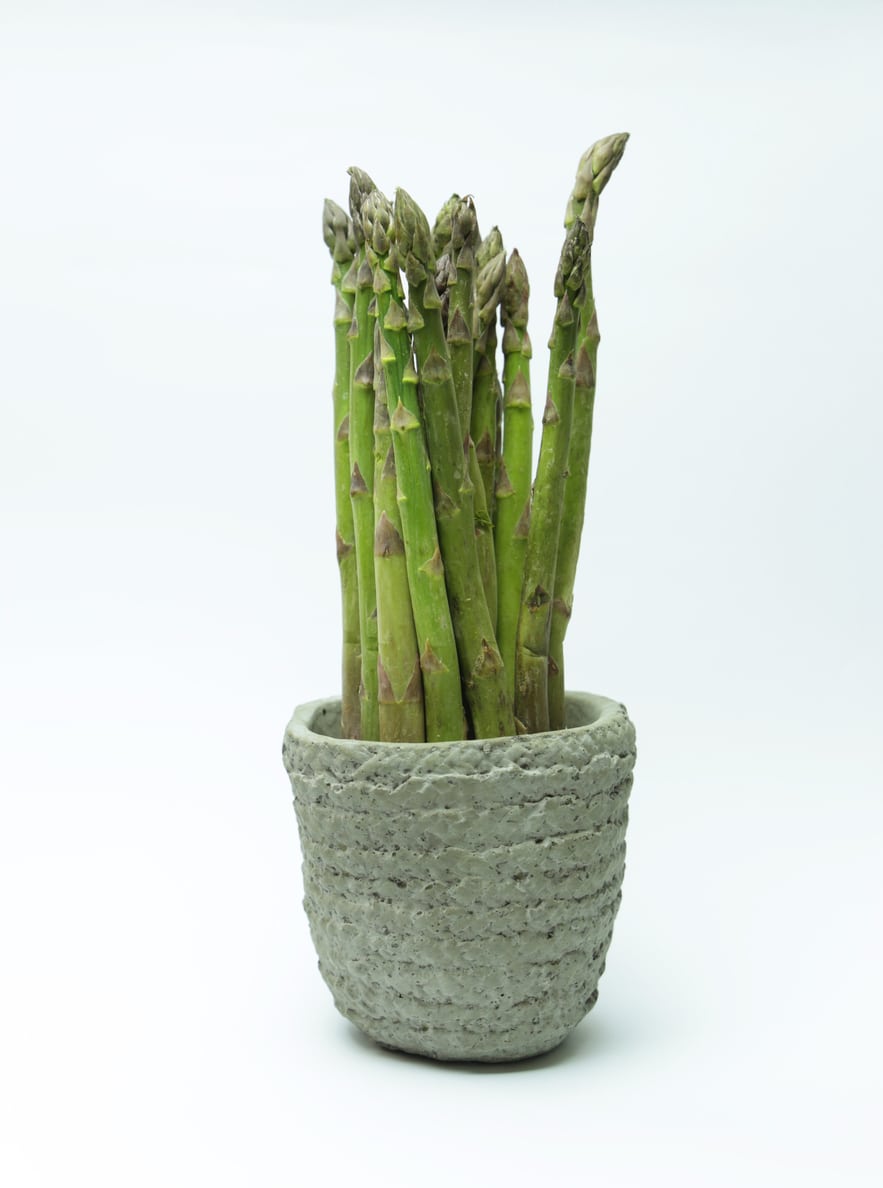 Potted Asparagus Plants – Can You Grow Asparagus In Containers
Potted Asparagus Plants – Can You Grow Asparagus In ContainersThe introduction of new asparagus cultivars has made the process of growing and caring for these plants easier than ever before. But can you grow asparagus in a pot? Click on the following article to learn more about container grown asparagus plants.
By Tonya Barnett
-
 Asparagus Winter Care: Tips On Winterizing Asparagus Beds
Asparagus Winter Care: Tips On Winterizing Asparagus BedsOnce established, asparagus is fairly low maintenance with the exception of keeping the area weed free and watering, but what about overwintering asparagus plants? Do asparagus need winter protection? Find out in this article.
By Amy Grant
-
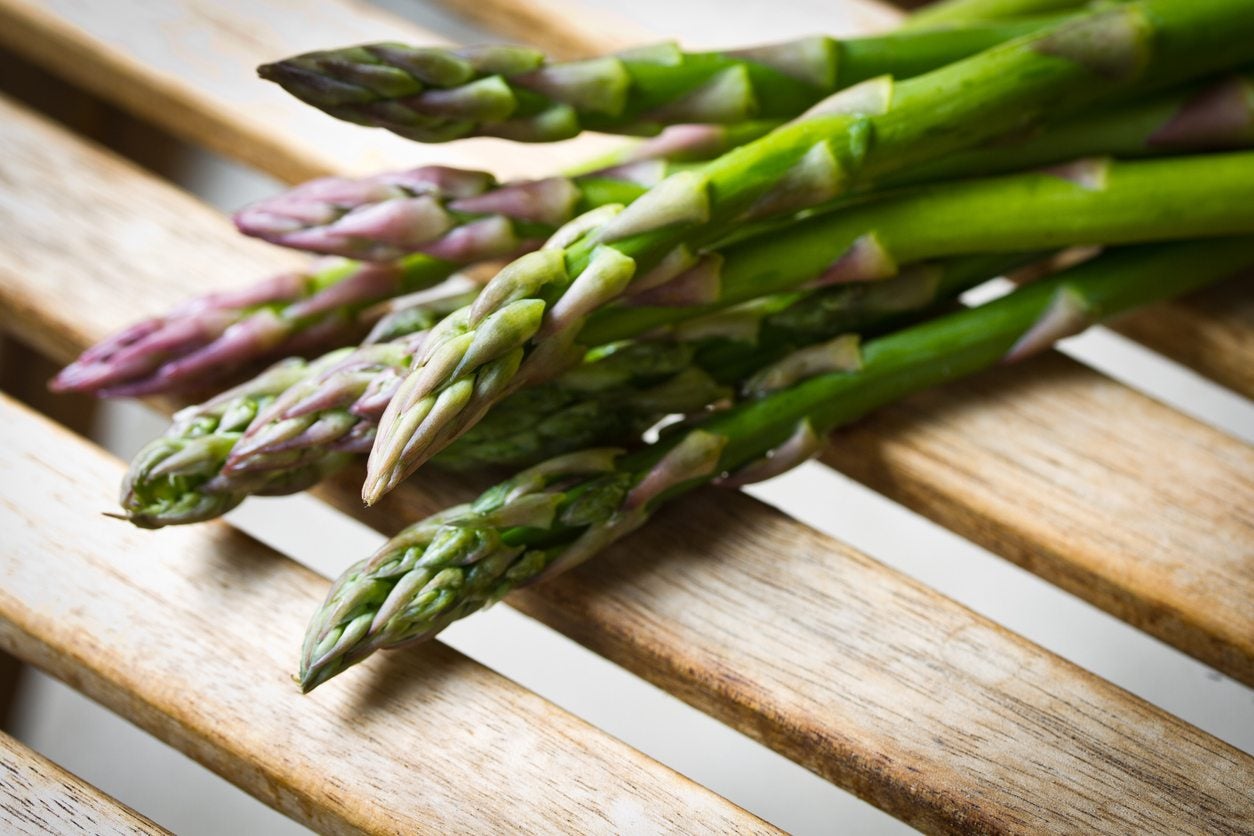 What’s The Difference Between Male And Female Asparagus Plants
What’s The Difference Between Male And Female Asparagus PlantsWe all know that some plants have male reproductive organs and some have female and some have both. How about asparagus? Are there really male or female asparagus? If so, what's the difference between male and female asparagus? Find out here.
By Amy Grant
-
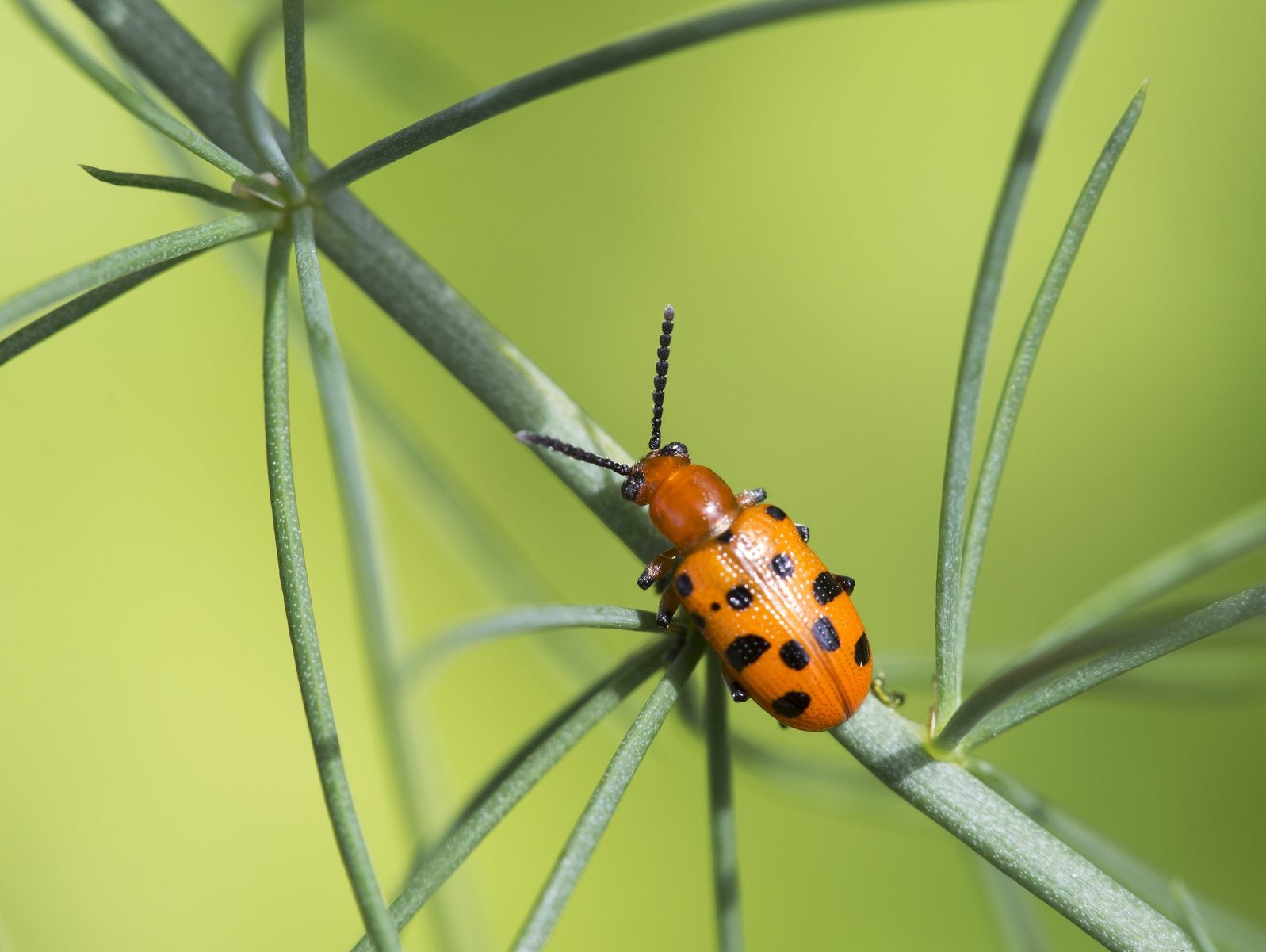 Spotted Asparagus Beetle Facts: Controlling Spotted Asparagus Beetles In Gardens
Spotted Asparagus Beetle Facts: Controlling Spotted Asparagus Beetles In GardensIt can be especially devastating when an asparagus patch falls victim to pests. One very common asparagus pest is the spotted asparagus beetle. Learn some spotted asparagus beetle facts and how to prevent spotted asparagus beetles in this article.
By Liz Baessler
-
 What Is Asparagus Rust: Tips On Treating Rust In Asparagus Plants
What Is Asparagus Rust: Tips On Treating Rust In Asparagus PlantsAsparagus rust disease is a common but extremely destructive plant disease that has affected asparagus crops around the world. Learn more about asparagus rust control and treatment in your garden using information from this article.
By Mary H. Dyer
-
 Rotting Asparagus Plants: Treating Asparagus Crown And Root Rot
Rotting Asparagus Plants: Treating Asparagus Crown And Root RotAsparagus crown and root rot is one of the most economically disastrous diseases of the crop worldwide. Asparagus crown rot is caused by three species of Fusarium. Learn more about controlling asparagus fusarium crown rot and root rot here.
By Amy Grant
-
 Asparagus Companion Plants – What Grows Well With Asparagus
Asparagus Companion Plants – What Grows Well With AsparagusAsparagus plant companions are plants that have a symbiotic relationship, one that is mutually beneficial to each. In the following article, we will discuss the benefits of companion planting with asparagus and what grows well with asparagus.
By Amy Grant